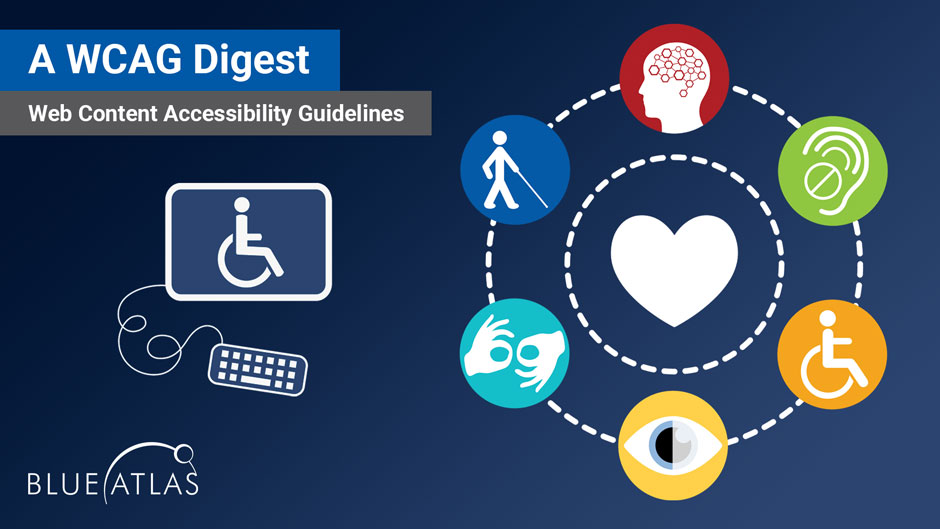Index Surge: Amplifying Your Insights
Stay updated with the latest trends and news across various industries.
Access Granted: Making Websites Open to Everyone
Unlock the web! Discover how to make websites accessible for everyone and break down barriers online. Transform your digital presence today!
Understanding Web Accessibility: Key Principles and Best Practices
Understanding Web Accessibility is crucial for creating an inclusive online environment that allows everyone, including people with disabilities, to access and interact with web content. The key principles of web accessibility are encapsulated in the POUR framework: Perceivable, Operable, Understandable, and Robust. These principles guide web designers and developers in ensuring that their websites are usable by a diverse audience. For instance, using proper headings and alternative text for images can significantly improve the experience for users who rely on assistive technologies.
Implementing best practices for web accessibility enhances not only usability but also promotes higher search engine rankings. Here are some best practices to consider:
- Ensure text is resizable and maintain readability across devices.
- Provide captions and transcripts for multimedia content.
- Create a logical navigation structure with clear links.
- Use color contrast ratios that enhance visibility.
By following these best practices, web designers can create a more inclusive digital space while positively impacting their SEO strategies.

Common Barriers to Website Accessibility and How to Overcome Them
Website accessibility is crucial for ensuring all users, including those with disabilities, can navigate and interact with online content. However, several common barriers can impede accessibility efforts. One significant issue is the lack of alternative text for images, which prevents visually impaired users from understanding the context of visuals. Additionally, poor color contrast can make it difficult for users with low vision or color blindness to read text. Implementing proper semantic HTML coding is another barrier; many sites use div elements instead of semantic tags like <header>, <nav>, and <article>, which are essential for screen reader navigation.
To overcome these challenges, website owners must adopt best practices in web design and continuous evaluation. Start by providing concise and descriptive alt text for all images to aid users who rely on assistive technology. Ensuring adequate color contrast and using high-contrast color schemes can significantly enhance readability. Furthermore, utilizing tools like accessibility checkers can help identify issues with semantic HTML structure. Regularly testing your website with real users, particularly those with disabilities, will provide invaluable feedback and foster a more inclusive online environment.
Is Your Website Inclusive? 5 Essential Tips for Creating Accessible Online Experiences
In today's digital landscape, ensuring your website is inclusive is not just a nice-to-have—it's a necessity. A website that is accessible to all users, regardless of their abilities or disabilities, promotes a more equitable online environment. To create accessible online experiences, consider the following essential tips:
- Use Alt Text for Images: Provide descriptive alt text for all images. This practice helps visually impaired users understand the content of images through screen readers.
- Keyboard Navigation: Ensure that your website can be navigated using a keyboard alone. This is crucial for users who cannot use a mouse.
- Readable Fonts: Choose clear fonts and provide sufficient contrast between text and background colors to enhance readability.
- Accessible Forms: Label all form fields clearly and provide error messages that are easy to understand when users encounter issues.
- Mobile Responsiveness: Optimize your site for mobile devices, as accessibility is essential across all platforms.